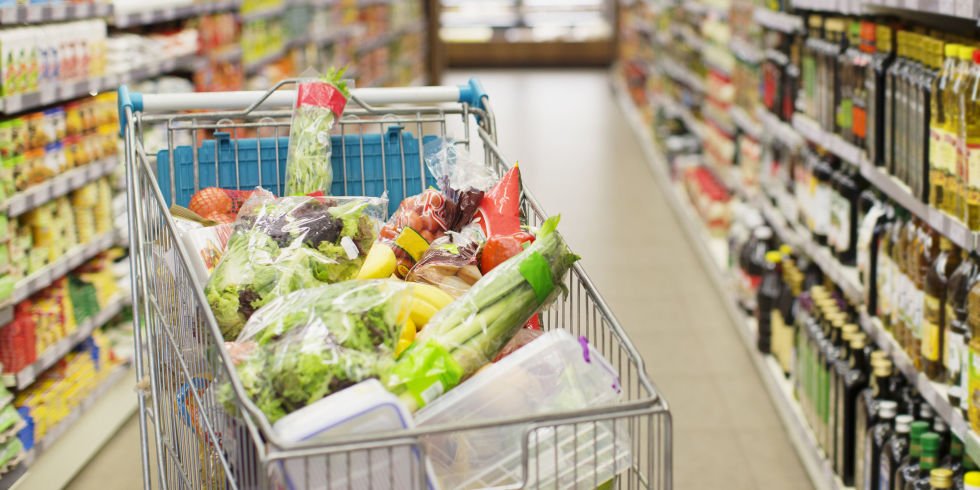Global food prices rise in January

The Food and Agriculture Organisation of the United Nations (FAO) has reported that the gauge for world food prices went up in January, largely catalysed by supply-side constraints for vegetable oils.
The FAO Vegetable Oils Price Index led the rebound in January, increasing by 4.2 per cent month-on-month and reversing its December decline to reach an all-time high. Quotations for all major oils rose, also supported by rising crude oil prices, the body said in a recent statement.
The FAO Dairy Price Index also increased by 2.4 per cent, its fifth consecutive monthly rise, with the steepest increases registered for skim milk powder and butter. Reduced export availabilities from Western Europe and below-average expectations for milk production in Oceania in the months ahead contributed to the tightening in global dairy markets, as did processing and transportation delays linked to covid19-related labour shortages.
The FAO Cereal Price Index in January increased marginally, by 0.1 per cent, from December. Maize export prices rose by 3.8 per cent during the month, spurred by worries about persistent drought conditions in South America, while world wheat prices declined by 3.1 per cent on the back of large harvests in Australia and Argentina. Lower harvests and steady purchases by Asian buyers led to a 3.1 per cent monthly increase in international rice prices.
The FAO Meat Price Index increased slightly in January, with world bovine meat prices reaching a new peak as global import demand exceeded export supplies, while bovine and poultry meat prices softened as exportable supplies outstripped import demand. Pig meat quotations rose slightly, in part due to rising input costs dampening global supply.
The FAO Sugar Price Index was the only sub-index to post a decrease in January, down 3.1 per cent from the previous month due to favourable production prospects in major exporters India and Thailand, as well as improved rains and lower ethanol prices in Brazil.
FAO also updated its forecast for world cereal production in 2021, now standing at 2 793 million tonnes, a 0.8 per cent increase from the previous year.
"Global wheat output in 2021 is expected to be on par with 2020, while the production of coarse grains is projected to be 1.3 per cent larger and that of rice to grow by 0.7 per cent, according to FAO’s latest cereal supply and demand brief.
For 2022, global wheat plantings are expected to expand, buoyed by mostly conducive weather conditions in the northern hemisphere, although high input costs could deter a larger expansion. The outlook for maize is robust, with high prices pointing to record plantings in Argentina and Brazil.
"Worldwide cereal utilisation in 2021/22 is forecast to increase by 1.6 per cent year-on-year, pointing to a likely decline in the world cereal stocks-to-use ratio to 28.7 per cent, slightly lower than the previous year’s but still a historically comfortable level," the report said.


Comments
"Global food prices rise in January"